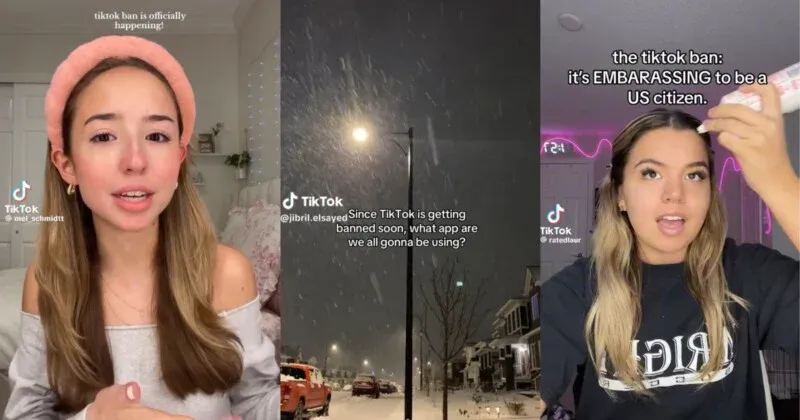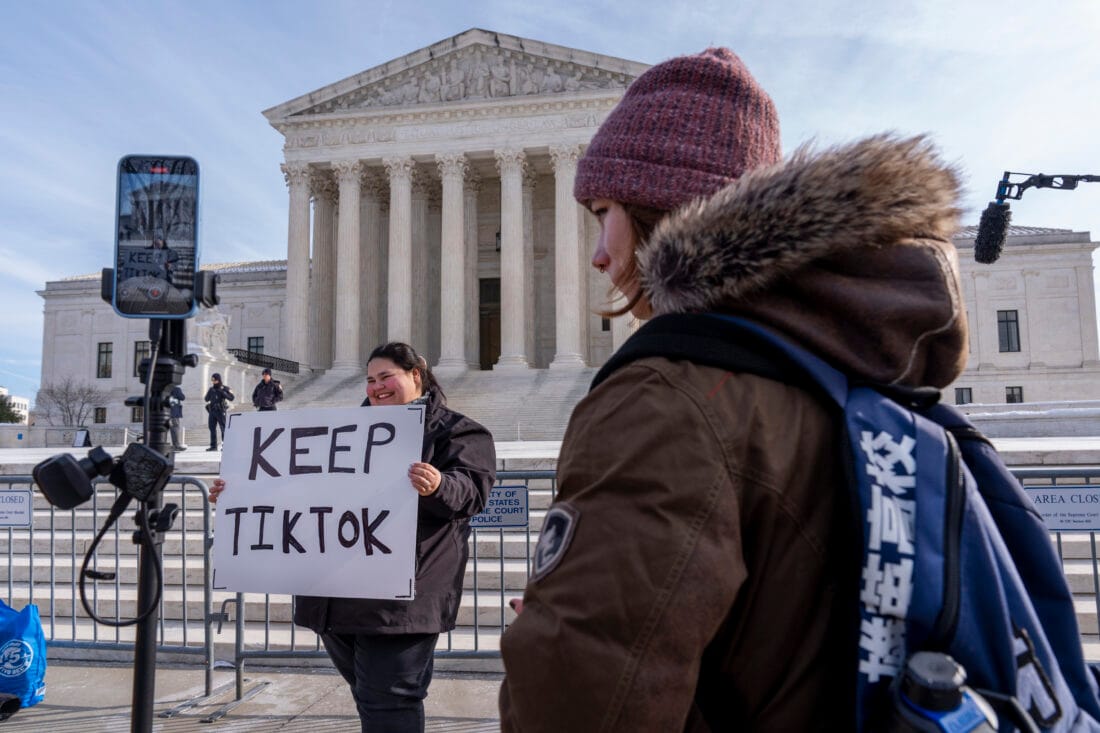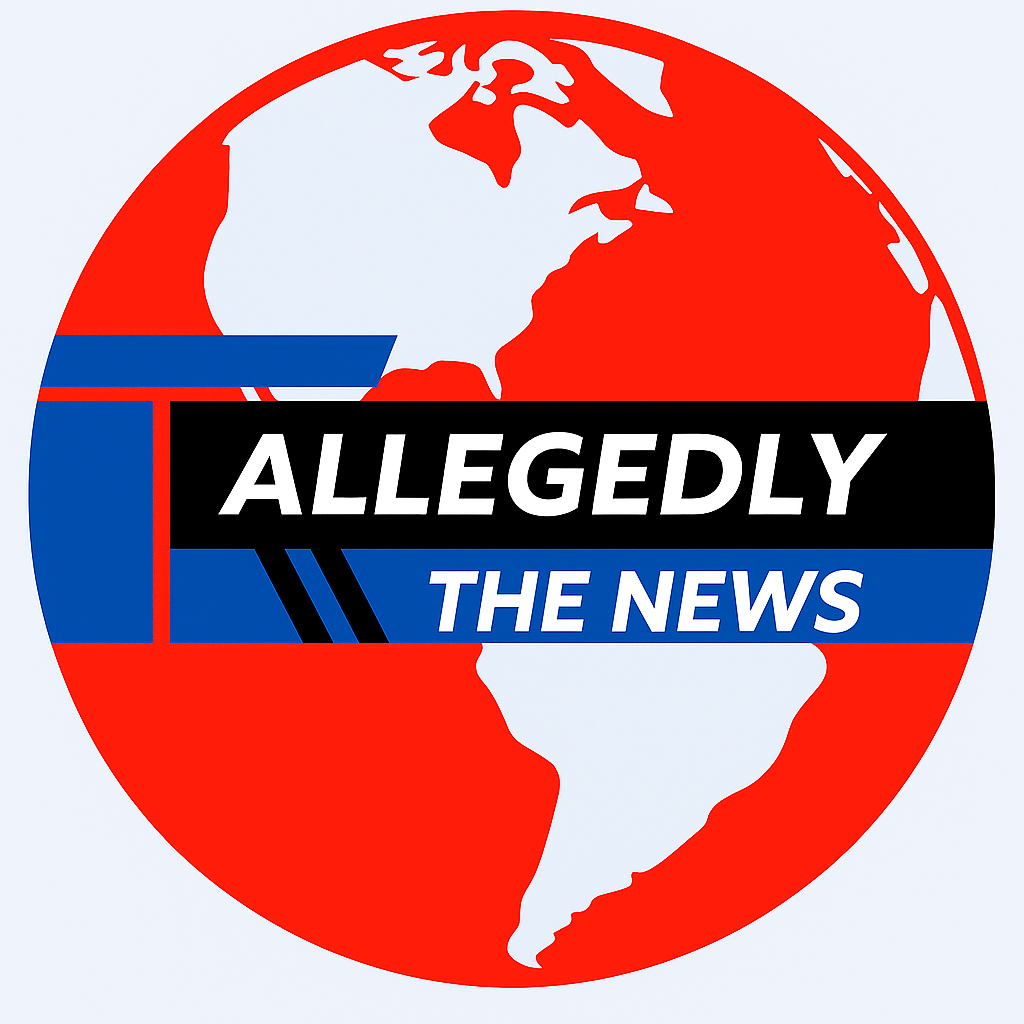TikTok Ban Lawsuit: Will Content Creators Lose Their Livelihoods?
TikTok’s U.S. ban lawsuit threatens creators’ income, speech, and community. Explore the legal fight, monetization impacts, and what comes next.

WASHINGTON, D.C., June 25, 2025
The U.S. legal battle to ban TikTok is more than just a struggle over cybersecurity; it’s about the future of millions of creators whose careers, voices, and financial security are at stake. As the courts and Congress clash, who will suffer the most, and what will happen next?
The Legal Backdrop: PAFACA Unfolds
Grew from an Era of Digital Distrust
In April 2024, Congress passed the Protecting Americans from Foreign Adversary Controlled Applications Act (PAFACA) with overwhelming support. The law classified TikTok, owned by China's ByteDance, as a “foreign adversary-controlled application.” This triggered a 270-day countdown for the company to divest its U.S. operations or face a nationwide ban.
Battle in the Courts
ByteDance, TikTok, and a group of U.S. creators filed a lawsuit, claiming that PAFACA violated their First Amendment rights and represented an unlawful regulatory taking under the Fifth Amendment.
May 2024 – The D.C. Circuit hears the case and delays the implementation.
Dec 2024 – An appeals court upholds PAFACA, stating that national security concerns are more important than speech implications.
Jan 10, 2025 – The Supreme Court hears oral arguments. TikTok emphasized that it would “go dark” in the U.S. without relief.
Jan 17, 2025 – The Supreme Court issues a unanimous decision, ruling that PAFACA is constitutional and content-neutral under intermediate scrutiny.
Deadline Extensions
Despite the ruling, executive flexibility gave TikTok more time. Former President Trump granted a 75-day extension upon taking office, followed by additional delays into mid-2025.
Creator Economy: At Risk of Collapse
Earnings on the Line
U.S. TikTok creators earned nearly $500 million through in-app gifts and coins in 2024, with $51 million earned in December alone.
A one-month shutdown could lead to a loss of $1.3 billion in income for creators and small businesses.
Live commerce stars like Stormi Steele and Mandy Peña made millions through TikTok Shop LIVE, with Peña generating $1.2 million in a single session. ,Now, that lifeline is threatened.
Influencers Sound the Alarm
Lifestyle creators such as Lexi Larson and Priscilla Lopez reported that their earnings were cut in half, and brand deals were slowing down even before any enforcement. This was due to advertisers' concerns about the potential ban.
Lopez stated, “My income has slowed down big time. It’s not bad, but it’s not what I’m used to.”
“Banning TikTok would shut down a lot of small businesses, including mine … It would get rid of my biggest source of revenue,” said brand educator Gigi Gonzalez
Emerging entrepreneurs like 20-year-old Grayson Finks, who earned up to $47,000 a month, are now facing unpredictable futures, marked by shifting viewer numbers and political turmoil.

National Security vs. Free Expression
Government Arguments
Supporters of PAFACA, including Judge Ginsburg and Congress, pointed to threats from Chinese intelligence laws that allow government access to U.S. user data and manipulative content. They justified the divest-or-ban route.
Speech Advocates Push Back
Civil liberties groups like the ACLU and EFF argued that full-platform bans are extreme and lack public evidence of immediate threats. They believe that narrower measures like auditing content and requiring encryption could reduce risks without silencing speech.
Conservative free-speech advocates also filed emergency petitions.
Jacob Huebert from the Liberty Justice Center stated, “If [the ban] takes effect, it will shut down the speech of millions of Americans.”
However, the Supreme Court decided that Congress can rely on its own threat assessment without the judiciary second-guessing national security judgments.
Alternatives & Migration Paths
Seeking New Platforms
Creators are starting to diversify:
- Instagram and YouTube are preparing to capture ad money and creators. Both platforms saw large engagement spikes during TikTok's outages in early January.
- ByteDance’s Lemon8 is being promoted as an alternative similar to Instagram.
- RedNote (Xiaohongshu) briefly became the top free app during the January scare, earning the hashtag #tiktokrefugee.
Ad Revenue Shift
Analysts expect that $6-8 billion in TikTok U.S. ad revenue will shift to Meta, YouTube, and others. Meta is expected to capture about half of this.
Still, creators warn that other platforms don't have TikTok’s viral algorithm, making 560% viewership jumps hard to match.

Business & Economic Ripples
TikTok’s global revenue for 2024 reached $23 billion, with 77% coming from ads. U.S. ad revenues alone exceeded $12.3 billion. Hundreds of creators and over 7 million U.S. small businesses rely on TikTok for marketing.
A shutdown could:
- Impact startup launches and e-commerce, like the rapid growth of TikTok Shop.
- Break apart emerging content genres, such as BookTok, which has helped authors reach bestseller lists.
- Spark legislative efforts to impose similar restrictions on other apps, like Temu and Xiaohongshu.
What Happens Next?
Policy Path From the White House
Mid-2025—
- Trump may extend the deadline again or seek Congressional repeal.
- If Biden returns, he might advocate for a new tech-neutral privacy law.
Negotiations, Potential Sale
ByteDance is in talks with U.S. investors, although China’s export restrictions may limit any “qualified divestiture.” There have been hints of interest from Elon Musk and Kevin O'Leary, but nothing is finalized.
Stabilization or Fragmentation of Platforms
If things go well—
- Meta and YouTube roll out migration tools like bulk content imports and new creator funds.
- Lemon8, RedNote, and other niche platforms take on some of the creator load.
If things go poorly—
- A fragmented creator landscape may emerge, forcing creators to spread their efforts across multiple platforms.
Regulatory Precedent
PAFACA sets a strong precedent in the U.S. for targeting apps based on national security, possibly leading to future restrictions on other foreign-linked services.
Creator Preparedness
Creators should consider diversifying their income sources, such as email lists, merchandise, TikTok alternatives, and brand partnerships not linked to specific platforms.
Income-Loss Graph
(Add bar chart comparing $500M annual earnings vs. $1.3B monthly potential loss.)
Alt text: Annual U.S. TikTok creator income vs. estimated monthly loss if banned.
Caption: "U.S. creator ecosystem: strong annual earnings but a massive short-term loss potential."
“Tech firms should not be bullying their users,” said FTC Chairman Andrew N. Ferguson, announcing an inquiry into tech censorship—aimed at safeguarding “consumers’ ability to share ideas or affiliations freely”
The Bigger Picture: What TikTok’s Fate Means for Digital Expression
TikTok’s likely plan is to pursue further extensions and seek a U.S.-friendly sale, though obstacles remain.
Platform evolution will likely bring aggressive moves from competitors, including creator incentives, ad dollars, and new tools.
Legislators may expand their playbook to include data localization and assessments of foreign apps as a standard practice.
Final Reflection: Can Digital Freedoms Survive National Security Laws?
If TikTok is banned without a suitable U.S. buyer, what should creators do to protect their careers? How should lawmakers balance national security with free expression in future platform regulations?
Sources
- Court rulings and policy: CourtListener filings on TikTok ban lawsuit; FTC.gov press releases; Congressional Record excerpts.
- News analysis: TechCrunch, The Verge, Axios, CNBC Tech, Wired, Bloomberg Technology.
- TikTok statements and creator data: Official TikTok newsroom updates; AppFigures revenue reports; Influencer quotes from verified TikTok accounts.
- Public sentiment: Creator reactions from TikTok (@mel_schmidt1, @jibril.elsayed, @ratededgy); protest images from Getty/AP; Twitter/X posts using #SaveTikTok.




